Optimal Timing for Windows Installations
Understanding the optimal timing for Windows installations can enhance system performance and reduce downtime. Timing considerations include workload periods, hardware readiness, and environmental factors that influence installation success.
Spring and fall often provide ideal conditions due to moderate temperatures and lower system usage, minimizing disruptions.
Early mornings or late evenings are recommended to avoid peak operational hours and ensure support availability.
Aligning installations with scheduled maintenance windows reduces impact on daily activities and allows for better resource management.
Performing installations after hardware upgrades or repairs ensures compatibility and reduces the risk of issues.
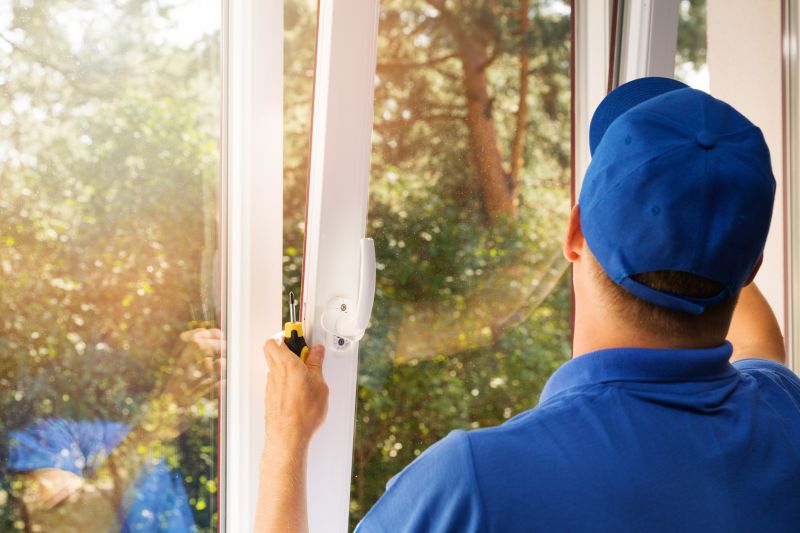
Ways to make Windows Installations work in tight or awkward layouts.

Popular materials for Windows Installations and why they hold up over time.

Simple add-ons that improve Windows Installations without blowing the budget.

High-end options that actually feel worth it for Windows Installations.

Finishes and colors that play nicely with Windows Installations.
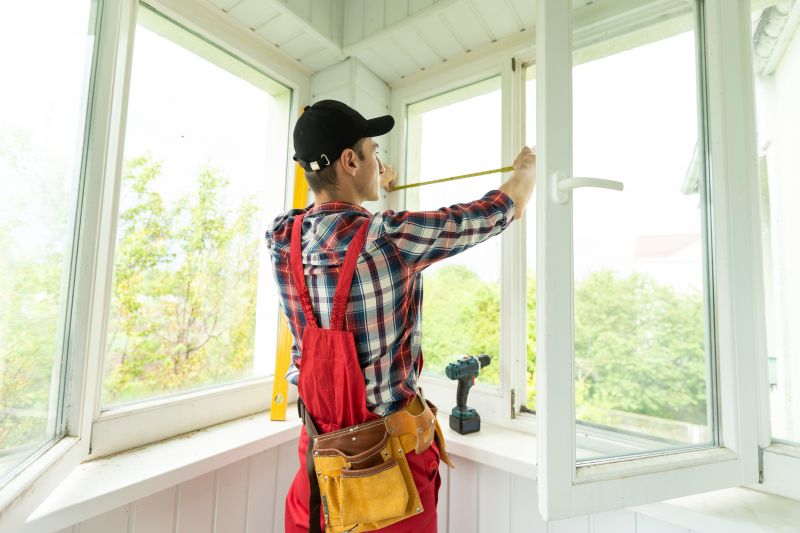
Little measurements that prevent headaches on Windows Installations day.

A 60-second routine that keeps Windows Installations looking new.

A frequent mistake in Windows Installations and how to dodge it.

Small tweaks to make Windows Installations safer and easier to use.
| Aspect | Details |
|---|---|
| Best Seasons | Spring and fall offer moderate weather conditions. |
| Ideal Time of Day | Early morning or late evening hours. |
| Scheduling Strategy | Align with maintenance windows or low-traffic periods. |
| Hardware Readiness | Ensure hardware is upgraded or repaired beforehand. |
| Business Impact | Schedule outside peak business hours to minimize disruptions. |
| Environmental Factors | Avoid extreme temperatures or high humidity. |
| Support Availability | Coordinate with support teams during off-peak hours. |
Windows installations are critical processes that can improve system security, performance, and compatibility. Proper timing ensures minimal disruption and maximizes efficiency. Data indicates that scheduling during moderate weather and off-peak hours leads to fewer complications and faster completion. Additionally, preparing hardware and aligning with maintenance windows can significantly reduce installation issues.
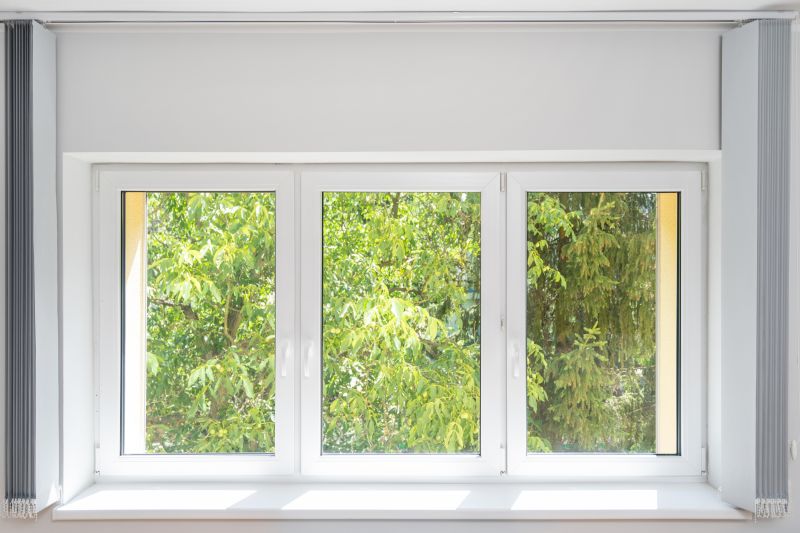
Lower-waste or water-saving choices for Windows Installations.

The short, realistic tool list for quality Windows Installations.
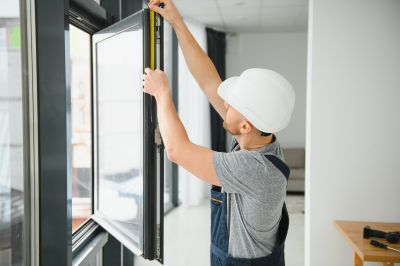
Rough timing from prep to clean-up for Windows Installations.
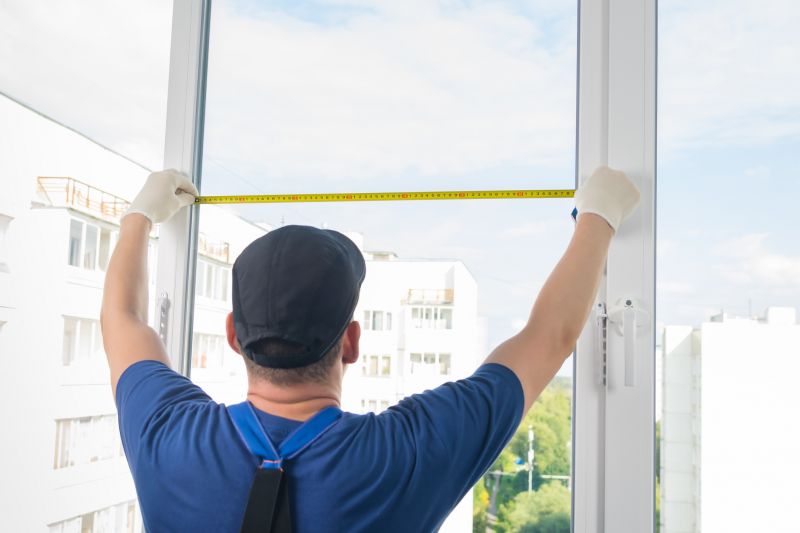
Quick checks and paperwork to keep after Windows Installations.
Choosing the right time for Windows installations can prevent operational delays and ensure a smooth transition. It is advisable to plan installations during periods of low activity and when hardware is fully prepared. This approach reduces risks and supports ongoing productivity.
Assess operational schedules and hardware status to determine the best installation window.
Verify hardware compatibility, backup data, and inform users about scheduled installations.
Select off-peak hours and favorable weather conditions for installation.
Test system functionality and address any issues promptly.
Interested in scheduling a Windows installation? Filling out the contact form can help coordinate the process efficiently. Proper timing and preparation can lead to a seamless upgrade experience, minimizing downtime and ensuring system reliability.



